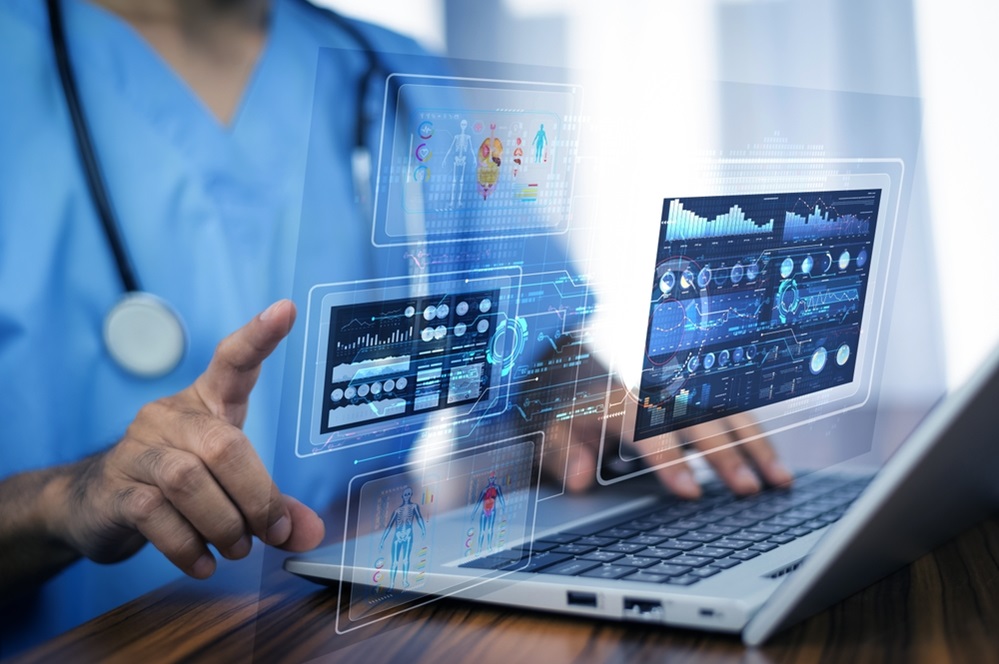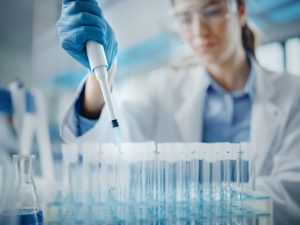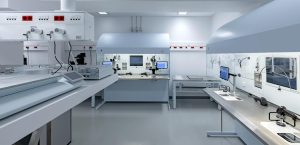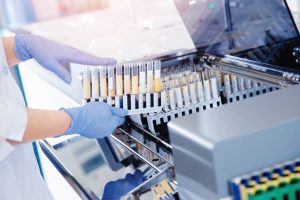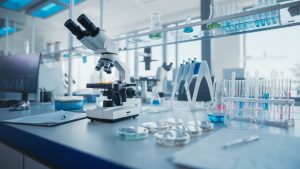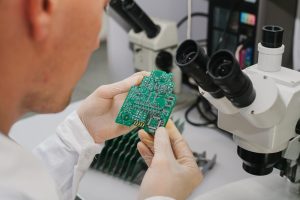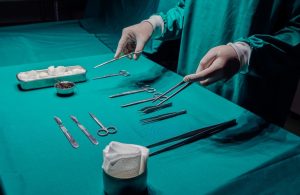Medical devices represent a fascinating convergence of technology and healthcare, playing a pivotal role in diagnosing, treating, and monitoring various health conditions. These devices range from simple tools like thermometers to complex machinery like MRI scanners. This blog delves into the history, types, regulations, advancements, and future of medical devices, providing a comprehensive overview of their importance in modern medicine.
The History of Medical Devices
Ancient and Medieval Beginnings
The history of medical devices is as old as human civilization. Ancient Egyptians used tools for surgeries, and Hippocrates, the father of modern medicine, documented the use of medical instruments in ancient Greece. The medieval period saw the development of more sophisticated surgical instruments, such as scalpels and forceps.
The Renaissance and Industrial Revolution
The Renaissance era brought significant advancements in medical knowledge and instruments. The invention of the microscope by Antonie van Leeuwenhoek in the 17th century revolutionized medical diagnostics. The Industrial Revolution further accelerated the development of medical devices with innovations like the stethoscope by René Laennec in 1816 and the X-ray machine by Wilhelm Conrad Roentgen in 1895.
Types of Medical Devices
Medical devices are categorized based on their complexity and intended use. Broadly, they can be divided into three classes:
Class I: Low Risk
Class I devices are low-risk and typically simple in design. They include items like bandages, examination gloves, and handheld surgical instruments. These devices are subject to the least regulatory control.
Class II: Moderate Risk
Class II devices pose a moderate risk and often require more stringent regulatory controls to ensure safety and effectiveness. Examples include infusion pumps, surgical drapes, and powered wheelchairs.
Class III: High Risk
Class III devices are high-risk and usually sustain or support life, are implanted, or present a potential unreasonable risk of illness or injury. These include pacemakers, heart valves, and deep brain stimulators. Class III devices undergo the most rigorous regulatory scrutiny.
Regulation of Medical Devices
The Role of Regulatory Bodies
Regulating medical devices is crucial to ensure their safety and efficacy. In the United States, the Food and Drug Administration (FDA) is responsible for overseeing medical devices. The FDA categorizes devices into three classes based on risk and applies a tailored regulatory approach to each class.
Pre-market Approval and Post-market Surveillance
Before a medical device can be marketed, it often requires pre-market approval, particularly for Class III devices. This involves rigorous testing and clinical trials to demonstrate safety and effectiveness. Once on the market, devices are subject to post-market surveillance to monitor their performance and address any issues that arise.
Global Regulatory Landscape
Other countries have their regulatory frameworks, such as the European Medicines Agency (EMA) in the European Union and the Pharmaceuticals and Medical Devices Agency (PMDA) in Japan. Harmonizing these regulations is an ongoing effort to facilitate the global distribution of medical devices.
Technological Advancements in Medical Devices
Diagnostic Devices
Recent advancements in diagnostic devices have revolutionized the speed and accuracy of medical diagnoses. Portable ultrasound machines, for instance, allow for bedside imaging, reducing the need for patient transport and expediting diagnosis.
Therapeutic Devices
Therapeutic devices, such as insulin pumps and cochlear implants, have significantly improved the quality of life for patients with chronic conditions. The advent of minimally invasive surgical devices has also transformed surgical procedures, reducing recovery times and improving outcomes.
Monitoring Devices
Continuous monitoring devices, like wearable fitness trackers and implantable cardiac monitors, provide real-time data to healthcare providers, enabling more proactive management of health conditions. The integration of artificial intelligence (AI) and machine learning into these devices has further enhanced their predictive capabilities.
The Future of Medical Devices
Personalized Medicine
The future of medical devices lies in personalized medicine, where treatments are tailored to individual patients based on their genetic makeup and health data. Devices that can analyze and interpret this data in real-time will be at the forefront of this revolution.
Integration with Digital Health
The integration of medical devices with digital health platforms is another promising trend. Telemedicine, remote monitoring, and mobile health apps are increasingly becoming part of the healthcare ecosystem, providing patients with more accessible and convenient care options.
Innovations on the Horizon
Emerging technologies such as 3D printing, nanotechnology, and bioelectronics are poised to further transform the medical device landscape. 3D printing can create custom implants and prosthetics, nanotechnology offers targeted drug delivery systems, and bioelectronics can interface with the nervous system to treat neurological disorders.
Challenges and Ethical Considerations
Ensuring Safety and Efficacy
One of the primary challenges in the medical device industry is ensuring the safety and efficacy of new devices. Rigorous testing and regulatory approval processes are essential but can also slow down innovation.
Data Privacy and Security
With the increasing use of connected medical devices, data privacy and security have become critical concerns. Protecting patient data from breaches and ensuring compliance with regulations like HIPAA (Health Insurance Portability and Accountability Act) are paramount.
Accessibility and Cost
Ensuring that medical devices are accessible and affordable for all populations is another significant challenge. The high cost of some advanced devices can limit their availability in low-resource settings, highlighting the need for cost-effective solutions.
Conclusion
Medical devices are indispensable tools in modern healthcare, offering immense benefits in diagnosing, treating, and monitoring various health conditions. As technology continues to advance, the potential for these devices to improve patient outcomes and transform healthcare delivery is boundless. However, addressing the challenges of regulation, data security, and accessibility will be crucial to fully realizing their potential. The future of medical devices holds great promise, with innovations on the horizon that could revolutionize medicine as we know it.

